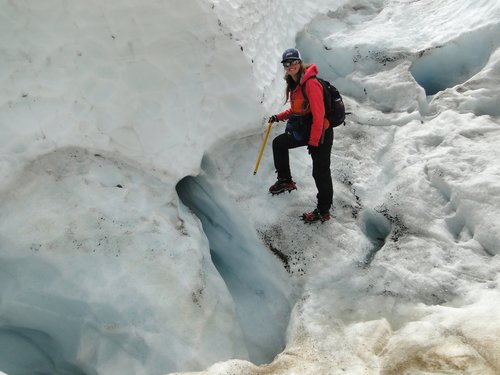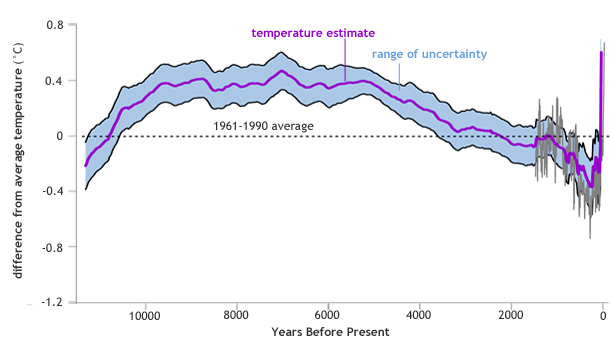


An Artist and a Scientist
Published on 31/08/2020

I am 27, and I grew up in Worcester, MA.
I completed a Masters of Science in August 2018, focused on studying the sensitivity of the Antarctic Ice Sheet to changes in our Earth climate system. I underwent this degree at the University of Maine, where I also completed B.A. degrees in Studio Art and Earth Science.
My love of nature drives me to creatively communicate information about environmental issues with a broad audience. I have conducted research on the mountain glaciers of Washington and British Columbia, in the Dry Valleys and Transantarctic Mountains of Antarctica, over the rolling hills and carved cirques of the Falkland Islands, and around the aqua lakes and ochre mountains of New Zealand.
I see nature as a work of art, and the origin of my observational skills.
July 2020 Climate issue of TIME. The creative director of TIME, D.W. Pine commissioned me to created this watercolor, titled Currents specifically for this issue!
Measuring Crevasse Depth is a watercolor inspired by my field sketches and experience working on North Cascade glaciers in Washington with the North Cascade Glacier Climate Project. I received funding from the Center for Undergraduate Research to purchase equipment that helps me measure crevasse dimensions. In the watercolor I am using a Cam-Line Measuring Tape, designed to determine well depth, to find the depth of a crevasse. These measurements have allowed me to study the variance in crevasse size across the glacier, and analyze their changes over time.
Proxies for the Past is inspired by the universal unknowns, which humans try to solve by using materials such as ice cores, tree rings, and lichens to date past climate events. Nature reveals some of its’ secrets in these concentric forms, allowing us to determine information such as the data depicted: the average global temperature of Earth from 11,000 years ago to present. Thus, natural materials help us to understand a small portion of Earth’s history.
Reference: What’s the hottest Earth has been “lately”?


Dwindling Migration uses data that documents the dramatic decline in caribou population herds, focusing on the George River Caribou Herd from 1980-present. Unfortunately, this trend is seen in most caribou herds globally.
Support Marine Reserves in the Antarctic: Overfishing, Bycatch, Climate Change are inspired by the urgent need to create reserves in the ocean as well as the land. The Antarctic waters are relatively untouched by humans in comparison to other parts of the ocean, but our increased fishing activity is threatening many species who are already stressed with climate change. Bycatch illuminates the huge issue of Bycatch of other species that occurs, especially when marine life is overfished, thus the need for marine reserves.
Take a Lesson from Nature is about the importance of recycling. The painting recycles material by using collage of newspapers, magazines, and found natural materials such as bark, leaves, and feathers. The message is that humans should take a lesson from the natural cycles in our world and have sustainable lifestyles and societies.
Source: Jill Pelto
שתפו ברשתות החברתיות:
קבל התראה מזדמנת לתיבת הדוא”ל